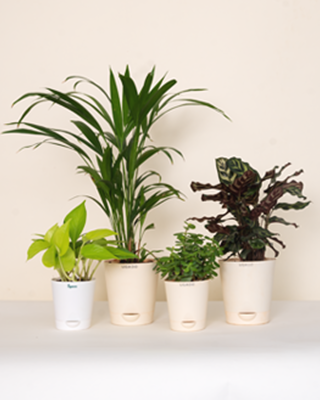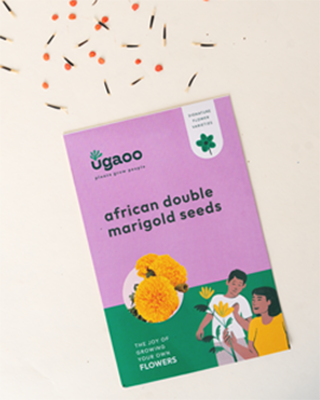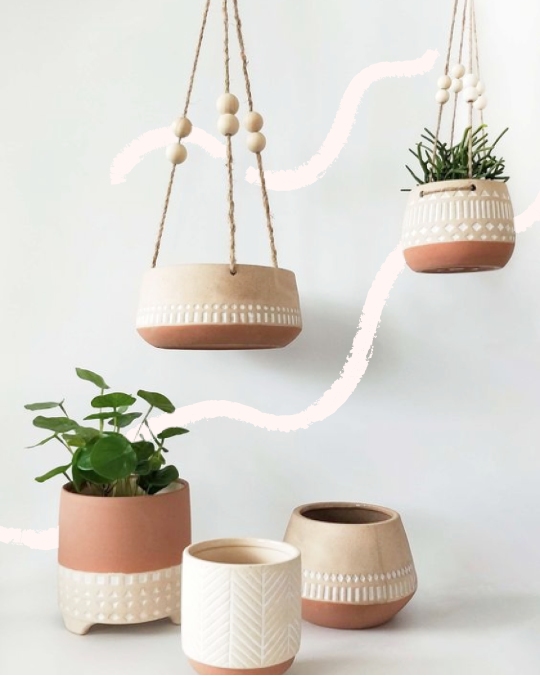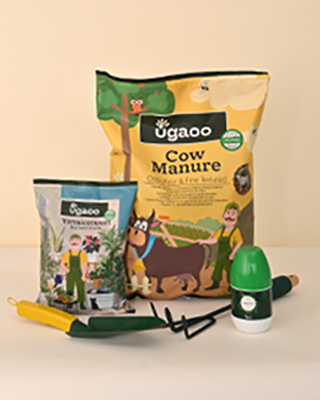When you think of different hydrangeas types, you immediately get a picture of beautiful bold colors like blue, white, pink, red, etc. adorning your garden in thriving clusters. They manage to give a garden characteristic while making it seem alive and flourishing. Their broad flower heads garner attention no matter where they grow and set your garden a glow with beauty. These flowering plants are undoubtedly one of the best to keep in your home garden.
But before we get into anything else, let’s clarify - what exactly are Hydrangea plants?
• Facts About Hydrangeas: What You Must Know

They are shrubs or climbing plants, native to Asia and America, and are characterized by their large flower heads and multiple colors. They tend to bloom in the Summer and last almost through the Fall. They are also fairly long-living shrubs, some of which have the peculiar but wonderful ability to have their flowers change color in accordance with the pH level of the soil.
• Different Types of Hydrangeas
You may not have known this because we found out much later too! But Hydrangeas not only come in different colors but also vastly different species and types. Here are some of the most popular, different types of Hydrangeas that you can grow in your ornamental garden:
1. Bigleaf Hydrangea
Probably the most liked and known Hydrangea types, these are spring bloomers. Coming in either red, pink, blue or white, they basically have two types: (1) Round bloomers called ‘mopheads’ (2) Flat bloomers called ‘lacecaps.’
2. Hardy Hydrangea

Scientifically called Hydrangea paniculata, these are also summer blooming Hydrangea plants. As they mature, they also change color, going from green to white to red or pink.
3. Smooth Hydrangea
A deciduous shrub that can grow up to 10 feet tall and also relatively wide, it produces breath-taking white flowers during blooming season. The ‘Annabelle’, and the ‘Grandiflora’ are well-known types within this species.
4. Climbing Hydrangea

A shrubby, sprawling climber, this particular species of hydrangea can climb to astounding heights. Its wide heart-shaped leaves and cluster of flowers add to the beauty.
5. Oakleaf Hydrangea
A species where the deep green leaves that slowly turn orange and red as Fall approaches. Along with this, the blooming white pansies too make this a shrub that is not to be missed!
• Hydrangea Care Tips

The beginning is the most important step, as is with most plants, and so we start with the soil. Hydrangeas flourish in porous, moist soil with a fair amount of compost. They aren’t highly dependent on sunlight and can even develop well in partial shade. However, they do need some space, especially if you’re growing hydrangeas in clusters. Do keep them around 3 to 5 feet apart.
Pruning is probably the next most important step in taking care of your hydrangea. It is good to follow the four D’s of pruning, i.e., removing any dead, diseased, dying or damaged plant material. But also you should know that some hydrangea bloom on dead wood, which shouldn’t be pruned.
If you’d like to give your garden a change of color, you can transplant your hydrangea to another type of soil. They will eventually change color accordingly! Last but not the least, remember to water your hydrangea well, particularly during the first two years.
When trying to understand how to take care of hydrangeas, it is essential to keep an open mind because the needs are ever-changing according to the surrounding environments of the flowering plant. But once you get the hang of it, it is super easy to care for hydrangeas.
Now that you know some of the ins and outs, when it comes to the hydrangea, you can start planting your own! They are the perfect way to bring a monotonous garden to life.
Buy Flower Seeds
Read More:
















